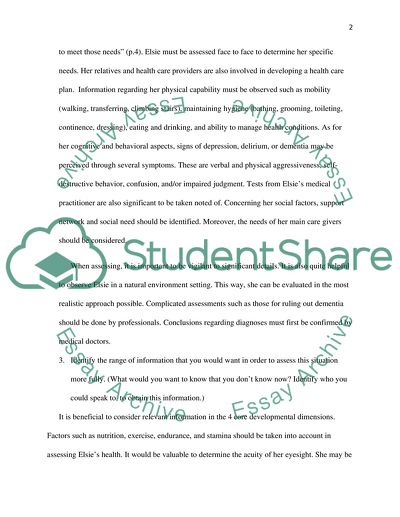Cite this document
(Identifying Developmental Issues Term Paper Example | Topics and Well Written Essays - 3000 words, n.d.)
Identifying Developmental Issues Term Paper Example | Topics and Well Written Essays - 3000 words. Retrieved from https://studentshare.org/health-sciences-medicine/1773177-please-follow-attached-question-sheet
Identifying Developmental Issues Term Paper Example | Topics and Well Written Essays - 3000 words. Retrieved from https://studentshare.org/health-sciences-medicine/1773177-please-follow-attached-question-sheet
(Identifying Developmental Issues Term Paper Example | Topics and Well Written Essays - 3000 Words)
Identifying Developmental Issues Term Paper Example | Topics and Well Written Essays - 3000 Words. https://studentshare.org/health-sciences-medicine/1773177-please-follow-attached-question-sheet.
Identifying Developmental Issues Term Paper Example | Topics and Well Written Essays - 3000 Words. https://studentshare.org/health-sciences-medicine/1773177-please-follow-attached-question-sheet.
“Identifying Developmental Issues Term Paper Example | Topics and Well Written Essays - 3000 Words”, n.d. https://studentshare.org/health-sciences-medicine/1773177-please-follow-attached-question-sheet.


